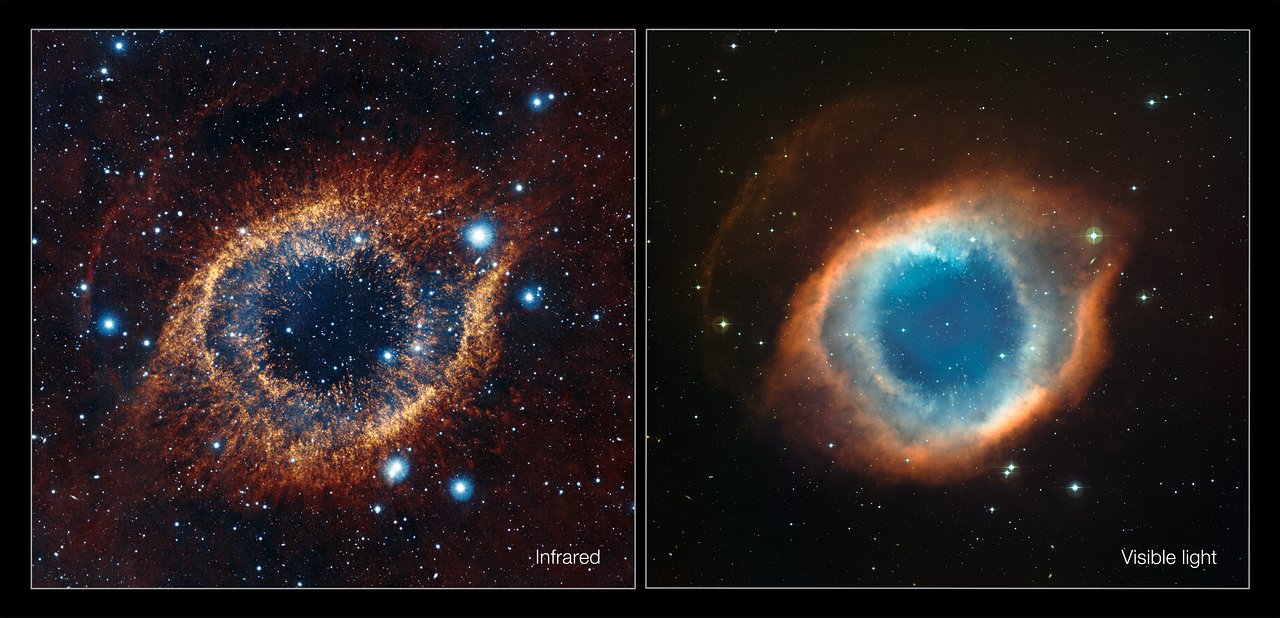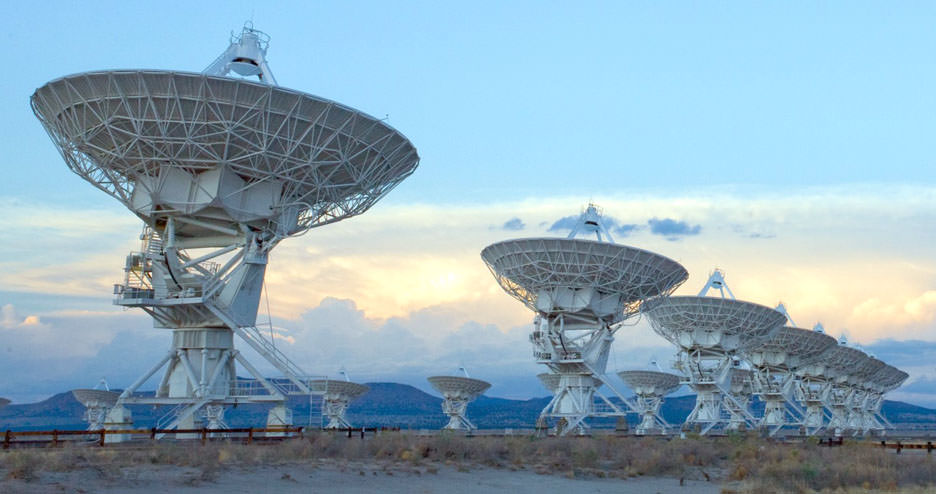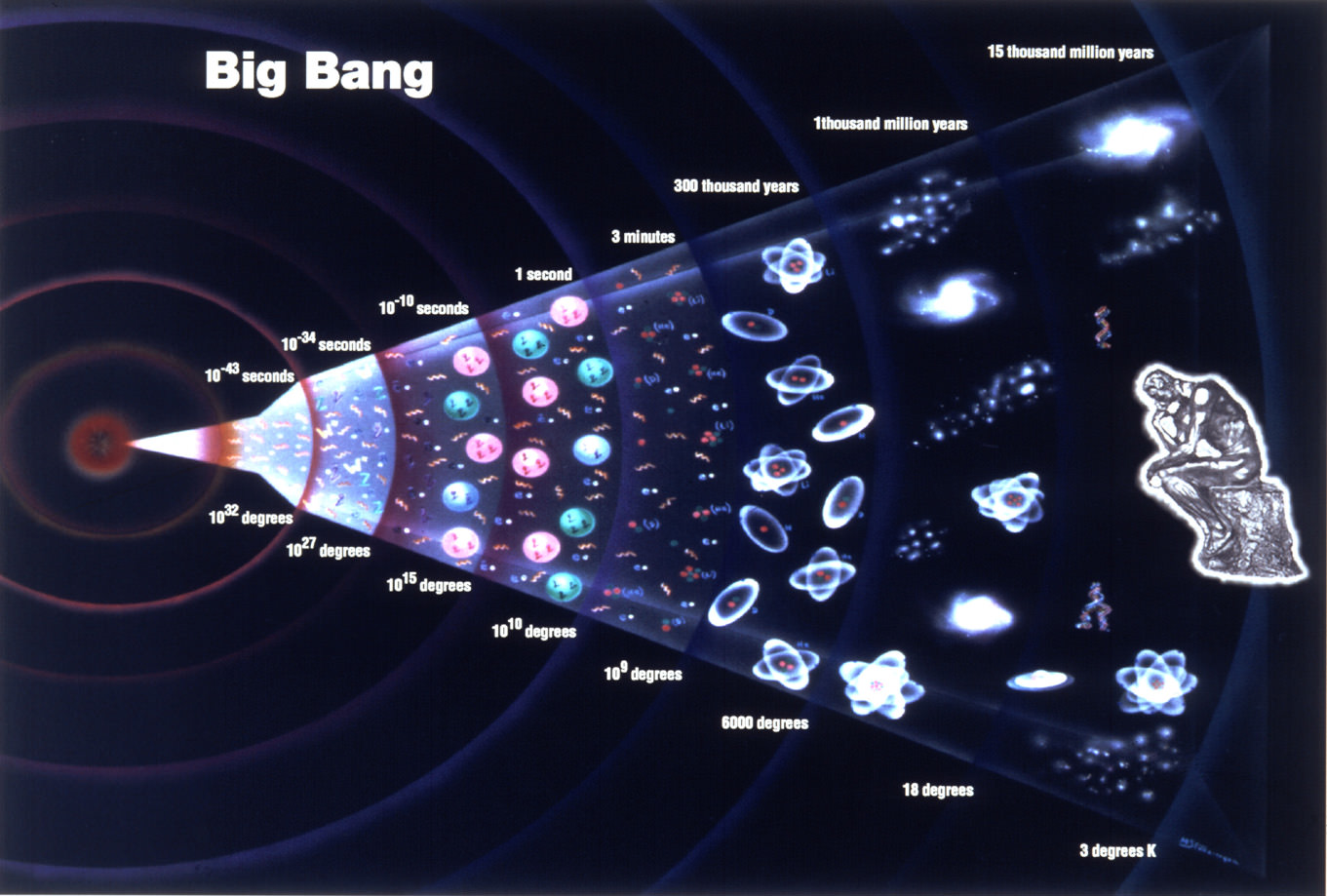Multimesseger Astronomy

If you’re an astronomer, or an astronomy enthusiast, you probably might have heard
the term ‘Multimessenger Astronomy’ more than once, either directly or indirectly. In other words Multimessenger astronomy means observing the cosmos through multiple means.
Multiple means???

For the first time in 1609, Galileo became the first to record observations from the night sky with a telescope that he built. It was he who sparked the birth of modern astronomy with his observations of the Moon, Venus, moons around Jupiter, sunspots.
Since then observational astronomy has been evolving to this date. Believe me this area is as hot as the solar flares, and cool as the poles of Neptune.
Hmmm… tell me more
Wikiepedia calls observational astronomy the following, ‘A division of astronomy that is concerned with recording data about the observable universe’.
While it may be simple to call it observational astronomy, there are subdivisions.
The fundamental, archaic methods are based on observations in the visible spectrum, i.e., they concentrate on what we can possibly see with our naked eye. With time and evolution of technology and the science itself, scientists and engineers now grouped up into subdivisions to give us a better picture of this ever expanding stardust. The following are widely known subdivisions that exist.
Optical Astronomy

This branch uses optical instruments such as your large telescopes mounted on hill tops with least light pollution.
Infrared Astronomy

Infrared astronomy pertains to the observation of the cosmos in wavelengths longer than that can be detected using the silicon solid state detectors which is generally greater than a micrometer.
It is a common observation that we use infrared scopes, cameras in all of our night vision equipment so as to observe things in the dark. Infrared astronomy helps detect heat signatures of distant astronomical bodies giving some valuable information about the hotness or coldness of the distant objects. Infrared astronomy is also used as a tool to observe and eliminate any atmospheric noise that can occur because of various heat sources here on earth.
Radio Astronomy

By this time one might have figured out the relationship between the name and actual technique itself. As the name indicates, radiowave astronomy, commonly called the radio astronomy, deals with observation and detection in Radio frequencues i.e., from a millimeter to a decameter in wavelength. After the first detection of radio waves from an astronomical object first in 1932 by Karl Jansky at the telephone laboratories, Radiowave astronomy led to the formation of a new class among the classification of galaxies that are now called ‘Radio Galaxies’. How are these observations made? Through arrays of Radio Telescopes.
Radio astronomy also led to the discovery of what is now called as the Cosmic Microwave Background radiation, CMB in short which stands as an evidence for BigBang that occured 13.77 Billion years ago.
Not this

THIS

High Energy Astronomy
The study of astronomical objects that release electromagnetic radiation of highly energetic wavelengths is termed to be High Energy astronomy. This includes the X-Ray asrtonomy and Gamma Ray Astronomy as well as the study of neutrino and Cosmic Rays. Out of all the observatories that work or provide data in this area, Chandra Space Telescope has been my personal favorite, for the fact that its named after our very own the Man of stars, Mr. Subramanyam Chandrasekhar, the man who formulated the black hole mass limit otherwise known as the Chandrasekhar Mass limits.

From the word space telescope, that the telescope is actually out there, orbiting the earth at a stable high orbit, observing, capturing and sending us the data that we need. Not just Chandra, there are other ground and space based missions such as the Fermi, AGILE, NuStar to name a few.
We haven’t talked of the multimessenger part yet.
Multimessenger astronomy means that there are multiple types of detection sources or detectors (which may or may not be physically seperated), that are coordinated by several teams round the world (both the missions on and off the surface of the earth) to make simultaneous or concurrent coordinated observations. For the sources of information within our reach, it is possible for us to arrive at conclusions or information with the data that our telescopes and space missions give, but for observations that we make of the far off objects, sources that are called the extra solar messengers. There are known extra solar messengers
- Electromagnetic Radiation
- Gravitational Waves
- Neutrinos
and ofcourse the cosmic waves.
Anybody who’s been following the science news in the recent years should have been well aware of discovery made by the Laser Interferometer Gravitational Wave Observatory at Livingsto. Thanks LIGO - Gravitational Wave Observatory, a lot of scientists in the world are now able to look at missing pieces of information that’s now embedded into Gravitational Waves.
The first observation and the one that led to Nobel prize was the neutron neutron binary merger that happened light years away.
Thanks to this particular episode from Astronomy cast that helped me infact inspired me to write this post.
I hope this hasn’t been a very long read. My next articles are going to be on Ice Cube Neutrino and Gravitational Waves.